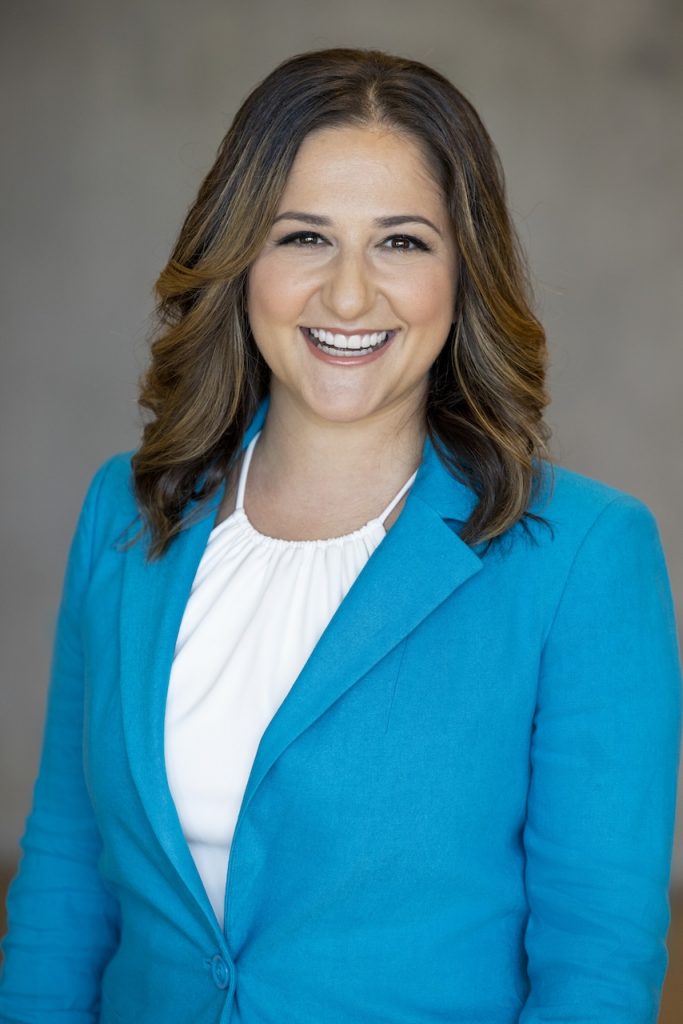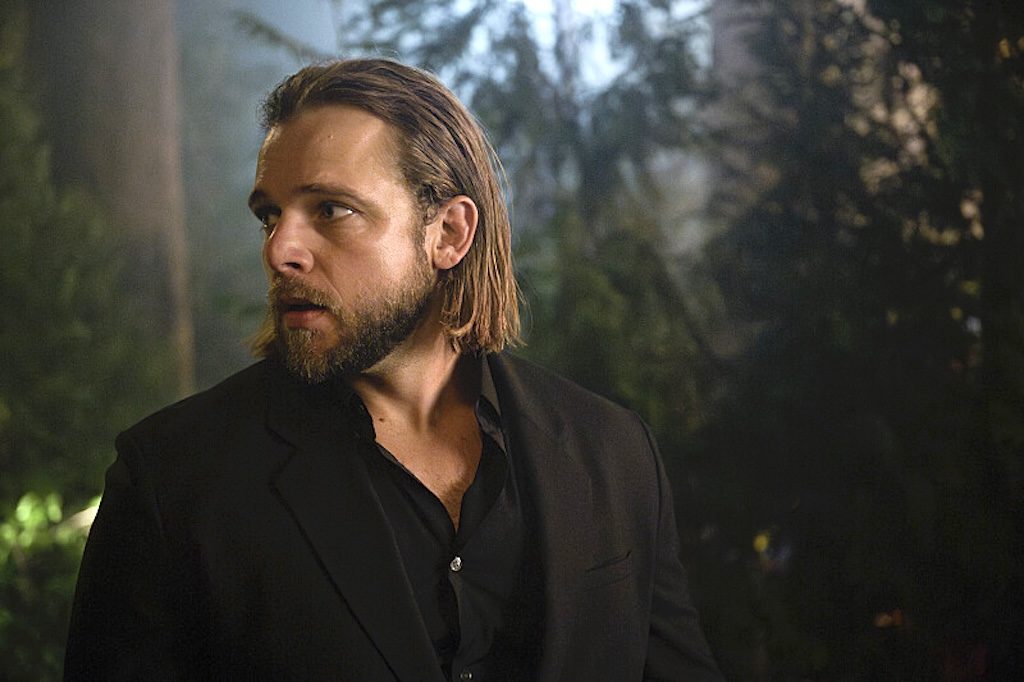- “Fire Country” Showrunner Tia Napolitano Explains How This TV Procedural Stands Out
- “Fire Country” Showrunner Tia Napolitano Offers Her Tips To Getting Your Next TV Writing Job
TV procedurals are a staple format on our small screens. Typically, they have a recurring setting such as a hospital, police station, courtroom – or in this case, the fire prone counties of Northern California. The A-story is often the case of the week, usually solved in a single (but sometimes in multiple) episode and the B-story follows a more serialized format of the characters’ personal lives.
Fire Country also follows this format, but it also has its unique qualities. Showrunner Tia Napolitano notes that many firefighting TV shows are set in cities with fires inside buildings. “Fire Country is very geographically specific,” notes Napolitano.

Tia Napolitano Photo by Sonja Flemming/ CBS Broadcasting, Inc.
The premise of Fire Country revolves around Bode Donovan (Max Thieriot), a young convict in search of redemption and a new life. In order to reduce his prison sentence, he’s assigned to the Cal Fire program in his hometown to fight fires – literally and metaphorically with the elite firefighters of the county.
Fire Country is a show about fire and family
There’s a familiar fire station in the series, but also an inmate fire camp to illustrate Bode’s past. “Our show takes audiences between those two worlds in a way that feels very fresh and distinguished from other fire TV shows,” contends Napolitano.
While Fire Country honors the dramatic component of the genre, it differs in its unusual addition of “soap storylines” into the mix – or “character-driven” as Napolitano expresses it.
“Our characters come first. We bring people that people want to and live with every week. We live with the Leone family, the multi-generations, and the friends all going through different stages of their lives. This is such a big part of the ongoing storytelling.”
Developing Season 3 of Fire Country
In the new season of the show, the writers and characters are further exploring themes of legacy.
The writers didn’t outline multiple series arcs of Fire Country during Season 1. The entire season is broken in advance before the first episode is written.
They look for potential storylines in multiple seasons as the stories evolve. Napolitano describes the development process as “storytelling in steps.” Each episode builds on its predecessor until the end of the season. The next season begins with a relatively clean slate based on the same characters and world. They look at ways to build on existing themes and explore new ones. The showrunner looks at what made the previous season “fresh and exciting.”
“For Season Two, we turned everything on its head by having Bode take a big step back and go back to prison. This felt like a complication to the overall storytelling of wanting him to get out, and wanting him to redeem himself, but it works” states Napolitano.
“Bode is someone we hoped the audience would really plug into and connect to. He’s really a connection point and there is a menu of other characters for you to plug into with very different lives, issues and ages.”
It’s really easy to root for Bode, feel for him, see through his eyes, and want him to succeed. I think that’s worth tuning into for every episode
There are already talks of further seasons and spinoffs of Fire Country to mine the arcs of secondary characters, but the showrunner takes each episode one step at a time. Tia’s current focus is to explore Bode’s character.
Inside The Fire Country Writers’ Room
A key tenet of writing on someone else’s TV series, is honoring the original intention and tone of the show created by Tony Phelan, Joan Rater, and Max Thierot, and infusing it with your individuality and flair.
“There’s a lot of room for that,” confirms Napolitano. “If I wasn’t able to share parts of myself in my writing, I’d be dead in the water creatively. Everyone in the writers’ room brings their personal stories, inside jokes, experiences and beliefs into the writing, in every single script.”

Bode Leone (Max Thieriot. Photo by Eric Milner/ CBS Broadcasting, Inc.
Tony and Joan, who Tia reports to, are at the top of the food chain She has a co-executive producer who often runs the writers’ room while she’s writing scripts or attending to production and post duties. “There are five upper level co-EP level writers, two mid-level, and two lower level writers. They each bring something different to the table.”
“I like to think of writers like a crayon box. Everybody has their own thing that they bring to the show. You want a lot of people that are really great on the page. Some people have those big ideas at the top of the season. Other writers are really good at pitching dialogue or they’re wonderful on set producers.”
Because Fire Country is a serialized TV show, the writers must be in constant contact rather than writing an episode in relative isolation.
“We all get together at the beginning of the year. We have the big pitch session on where do we think these characters are going? What fires do we want to see this season? What’s the spine and the theme of the season?”
“That goes on for a couple weeks and then we pitch that up the ladder and then we start breaking episode by episode. At any given time, one episode is in the writers’ room kicking ideas around, and another writer’s off outlining the next one. I might be reviewing a script of the one after that, and I’m in post on an episode that was five scripts ago. So we’re always cooking many episodes at once.”
The writers know exactly how the season plays out at the start. They regroup in the middle of the season because the seasons run over twenty episodes to ensure the storylines are on-track.
“We’ll ask what engine can we put into the season to propel it forward? What’s new? What’s fresh? What are we doing now that we’re cruising towards the actual finale?”
